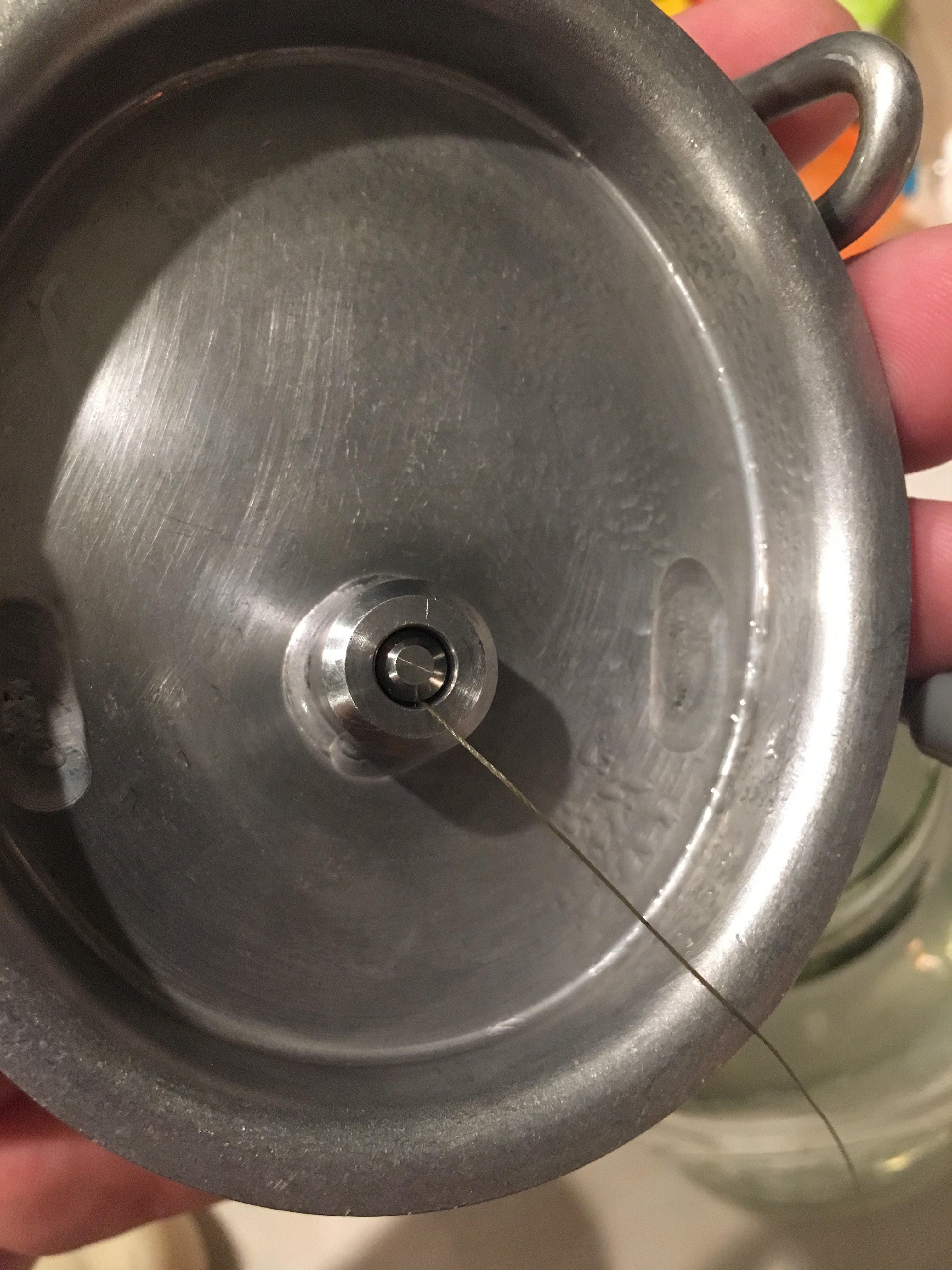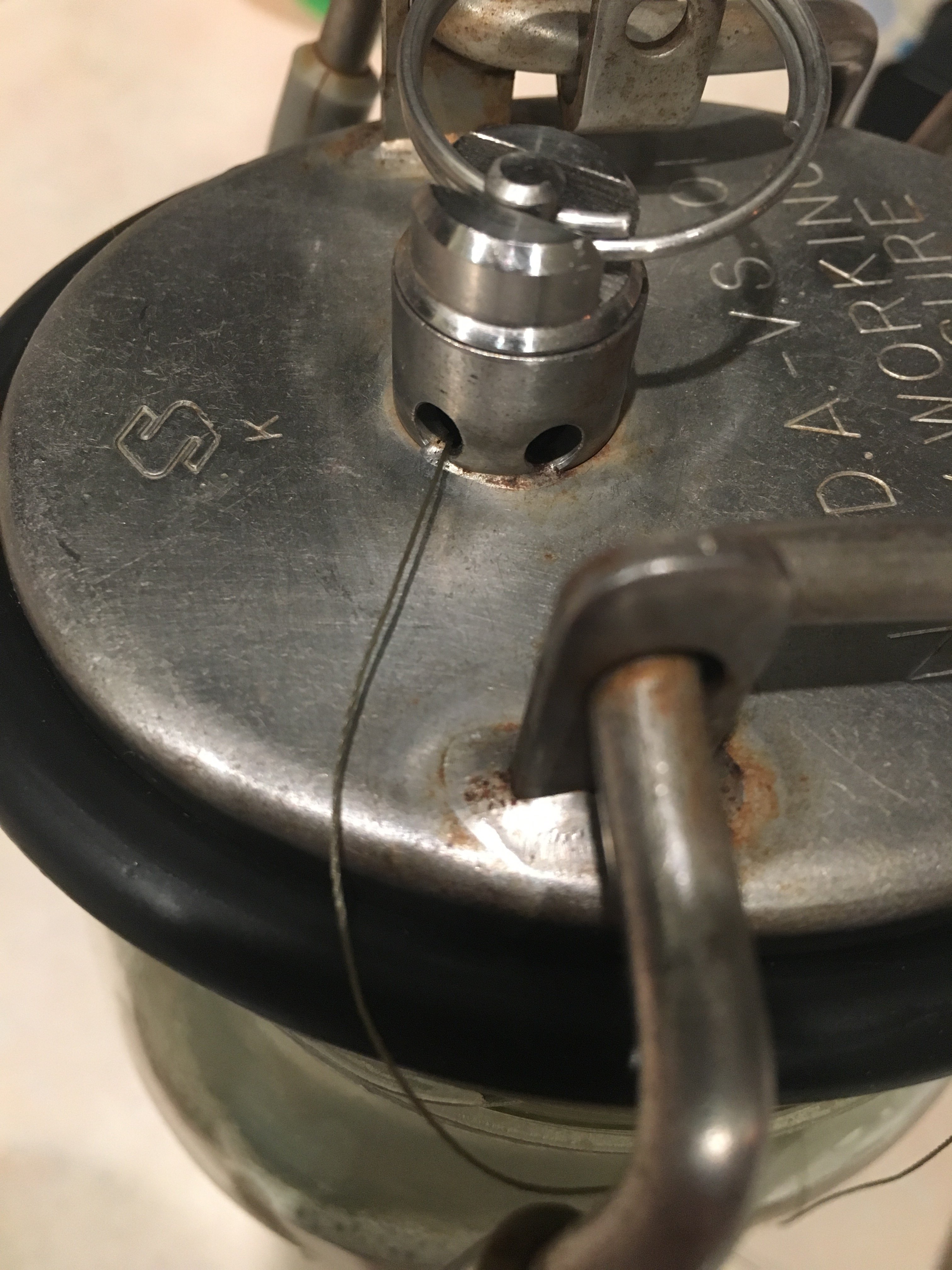I am fermenting an IPA in a corny keg, first time doing this. Has worked well so far. I have a slightly bent dip tube and a blow off on the gas post.
1) Should I cold crash to compact the trub before I transfer to the serving keg? If so, how would I do that? Should I just remove the blowoff and reinsert the gas tube and post? If I do that and fill the headspace with CO2 will the slightly carbonated beer that results pose an issue when I transfer?
2) To transfer I plan to hook a jumper from liquid out on the fermenting keg to liquid in on the serving keg. I have a swivel flare nut on one of the liquid disconnects and will dump whatever trub comes out first, then connect to serving keg. I'll leave the pressure relief valve open on the serving keg and apply CO2 to the fermenter. Should I purge the serving keg with CO2 first? Chill it?
Any other advise or suggestions?
Thanks!
1) Should I cold crash to compact the trub before I transfer to the serving keg? If so, how would I do that? Should I just remove the blowoff and reinsert the gas tube and post? If I do that and fill the headspace with CO2 will the slightly carbonated beer that results pose an issue when I transfer?
2) To transfer I plan to hook a jumper from liquid out on the fermenting keg to liquid in on the serving keg. I have a swivel flare nut on one of the liquid disconnects and will dump whatever trub comes out first, then connect to serving keg. I'll leave the pressure relief valve open on the serving keg and apply CO2 to the fermenter. Should I purge the serving keg with CO2 first? Chill it?
Any other advise or suggestions?
Thanks!






